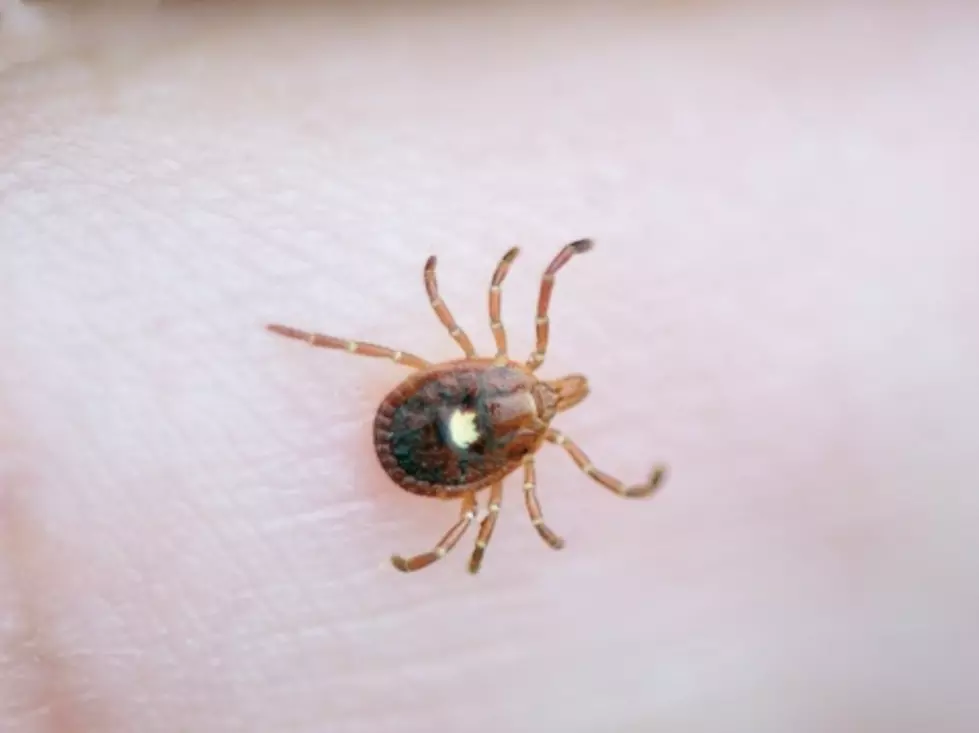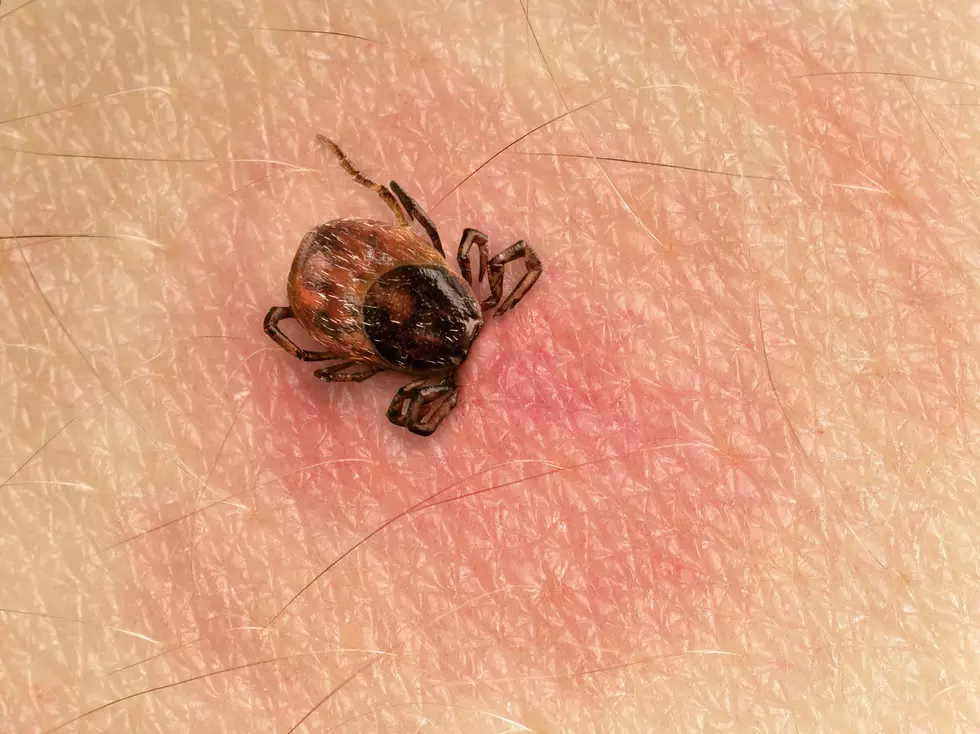
Illinois Creepy-Crawlies: Meet The Nasty Lone Star Tick
We've talked before about how Illinois has remarkably few things that can sting, bite, suck the blood out of, or otherwise hurt you. Sure, there are a few rattlesnakes in parts of the state, some bark scorpions hang out in our forested areas, and we've got deer ticks, but otherwise we're pretty creepy-crawly free in the Land of Lincoln.
I say "pretty creepy-crawly free," but not entirely. We've got the Lone Star tick here in Illinois which can cause you some problems if you have an up-close-and-personal encounter.
Why Are They Here? With That Name, Shouldn't They Be Exclusive To Texas?
The simplest answer would be that at some point, the Lone Star Ticks grabbed a ride out of the Lone Star State. Maybe on a truck, maybe on a person, nobody seems to know for sure how they got here, only that they did. The intriguing fact is that Lone Star Ticks have been in Illinois since 1999.
ScienceDaily.com took a look at the Lone Star Tick's short history in Illinois, and found that these ticks weren't all that noteworthy when they were discovered. It's when some testing was done, and researchers discovered Lone Star Ticks can spread a pathogen called the Heartland Virus:
Researchers have confirmed that Heartland virus, an emerging pathogen with potentially dire consequences for those infected, is present in Lone Star ticks in two Illinois counties hundreds of miles apart. Lone Star ticks were first detected in Illinois in 1999, but had not been found to be infected with Heartland virus in the state.
What Is The Heartland Virus?
According to the Centers For Disease Control and Prevention (CDC), the Heartland Virus is a virus that is spread by an infected Lone Star Tick, and presents the following symptoms:
- Most people infected with Heartland virus experience fever, fatigue (feeling tired), decreased appetite, headache, nausea, diarrhea, and muscle or joint pain. Many are hospitalized because of their symptoms.
- Some people also have lower than normal counts of white blood cells (cells that help fight infections) and lower than normal counts of platelets (which help clot blood). Sometimes tests to check how well the liver is working (liver function tests) can show increased levels of liver enzymes.
- Symptoms and signs of Heartland virus disease (Heartland) are often similar to those of other tickborne illnesses, such as ehrlichiosis or anaplasmosis.
The Illinois residents who've become infected with the Heartland Virus all had the symptoms listed above, and went on to recover. That's a good thing, because the CDC says there is currently no vaccine to prevent Heartland Virus infection, and no treatment exists to deal with it. Click here for details on how to prevent being infected to begin with.
20 Most Expensive Homes For Sale in Illinois Right Now
The Ghost Hunting Game is High at These 12 Places in Wisconsin
More From WROK 1440 AM / 96.1 FM









